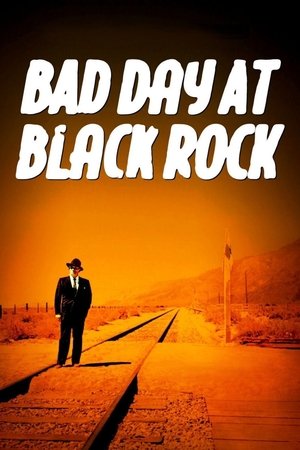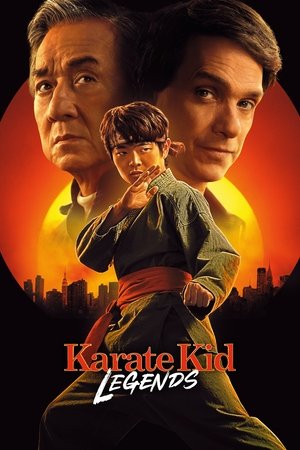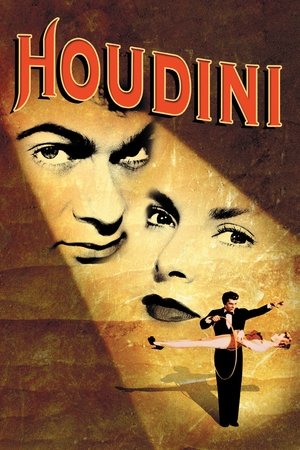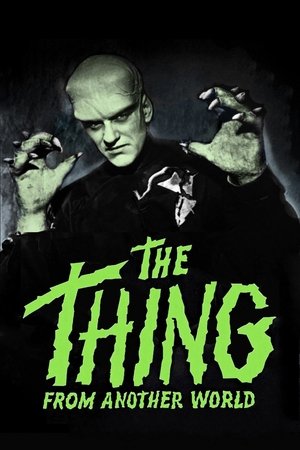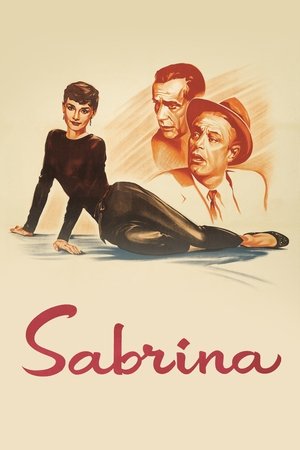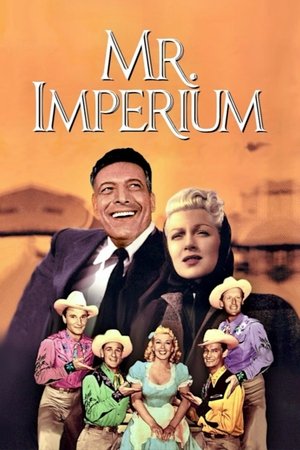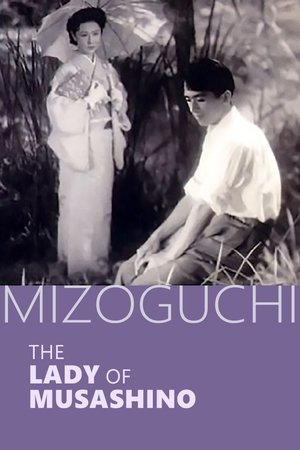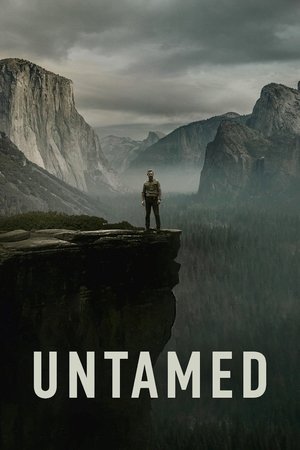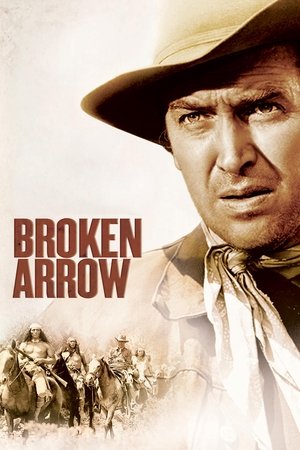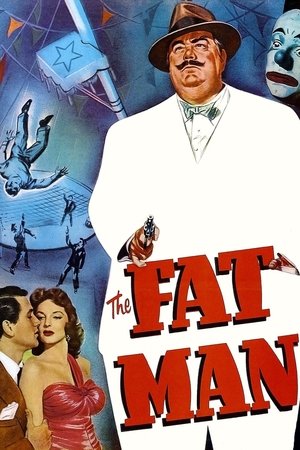Bad Day at Black Rock (1955)

| Director | John Sturges |
| Cast | Anne Francis, Billy Dix, Bobby Johnson, Dean Jagger, Ernest Borgnine |
| Year | 1955 |
| Country | USA |
| Genres | Drama, Mystery, Thriller |
| Duration | 81 min |
| Release | 13 Jan 1955 |
| Language | English |
| Revenue | $3,788,000 |
| Trailer | Watch Trailer |
Synopsis
One-armed war veteran John J. Macreedy steps off a train at the sleepy little town of Black Rock. Once there, he begins to unravel a web of lies, secrecy, and murder.
In the cinematic landscape of the 1950s, “Bad Day at Black Rock” stands out as a riveting tale of suspense and tension. Released in 1955, this film is a masterclass in storytelling, expertly weaving themes of justice, prejudice, and courage into its narrative fabric. Directed by the esteemed John Sturges, known for his ability to craft gripping tales, this movie doesn’t disappoint. The film’s compelling narrative and strong performances have earned it an impressive IMDb rating of 7.8, a testament to its enduring appeal.
At the heart of “Bad Day at Black Rock” is John J. Macreedy, portrayed with gravitas by the inimitable Spencer Tracy. Macreedy is a one-armed war veteran whose presence in the sleepy town of Black Rock sets the stage for the unfolding drama. His arrival by train is a harbinger of change, disrupting the town’s façade of tranquillity and exposing the dark undercurrents that lie beneath. The town of Black Rock, seemingly forgotten by time, harbours secrets that its inhabitants are desperate to keep hidden. As Macreedy digs deeper, he finds himself entangled in a web of lies, secrecy, and murder, challenging the town’s status quo.
The film’s supporting cast delivers stellar performances, each character adding depth and dimension to the story. Robert Ryan plays Reno Smith, the town’s unofficial leader, whose hostility towards Macreedy hints at the underlying tensions and prejudices that permeate the town. Anne Francis, Ernest Borgnine, and Lee Marvin round out the cast, each bringing their unique flair to their roles, creating a tapestry of personalities that enhances the film’s narrative complexity.
“Bad Day at Black Rock” is more than just a thriller; it is a poignant exploration of societal themes that remain relevant today. The film delves into issues of racial prejudice and moral cowardice, compelling the audience to reflect on their own values and the society they inhabit. The remote setting of Black Rock serves as a microcosm of a post-war America grappling with its identity and moral compass.
John Sturges’ direction is nothing short of masterful, capturing the stark beauty of the desert landscape while maintaining a taut, suspenseful atmosphere throughout the film. His ability to build tension is evident from the film’s opening moments and is maintained until the climactic conclusion. The screenplay, penned by Millard Kaufman, is sharp and incisive, providing the characters with dialogue that is both meaningful and memorable.
The film’s score, composed by André Previn, further enhances the mood, underscoring the tension and drama with a hauntingly beautiful soundtrack. The cinematography, with its sweeping vistas and carefully framed shots, draws the viewer into the world of Black Rock, making the audience feel like a part of the unfolding drama.
For those interested in exploring more about this classic, you can find additional insights and information about “Bad Day at Black Rock” through this detailed review: Bad Day at Black Rock (1955) It offers a comprehensive look at the film’s impact and its place in cinematic history.
In conclusion, “Bad Day at Black Rock” is a timeless classic that continues to captivate audiences with its powerful storytelling and compelling character portrayals. The film’s exploration of themes such as justice, prejudice, and courage resonates across generations, ensuring its place as a significant work in the annals of film history. Its enduring relevance and cinematic brilliance make it a must-watch for anyone interested in the art of filmmaking and storytelling. Whether you’re a long-time fan or a first-time viewer, this film promises a thought-provoking experience that lingers long after the credits roll.

